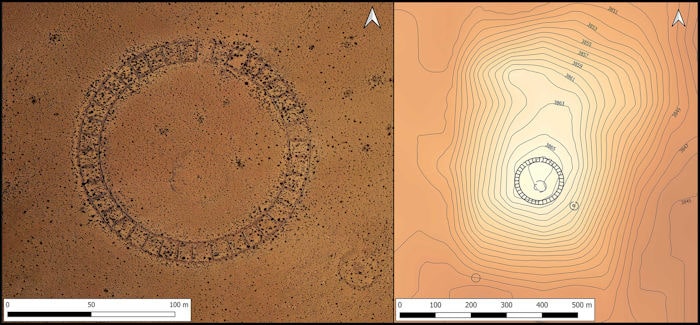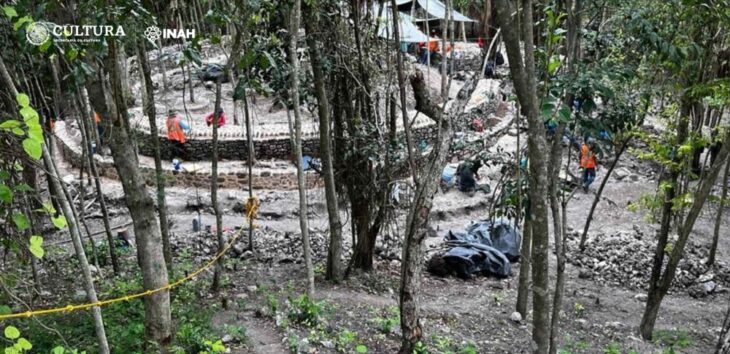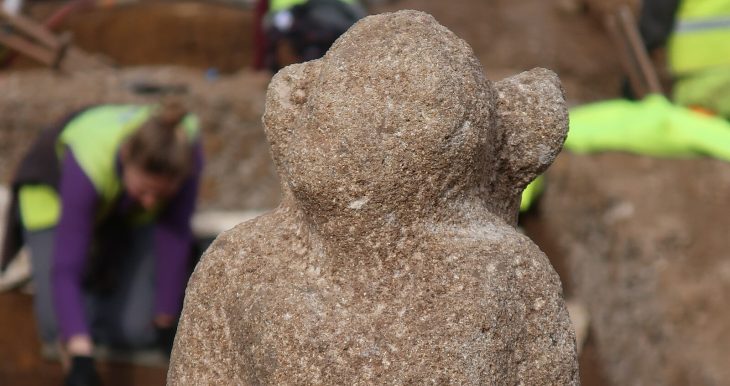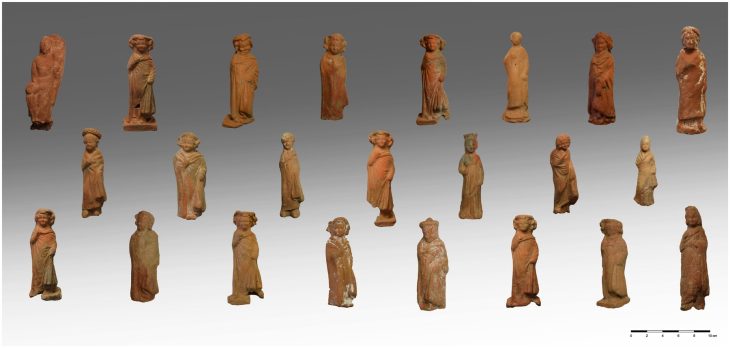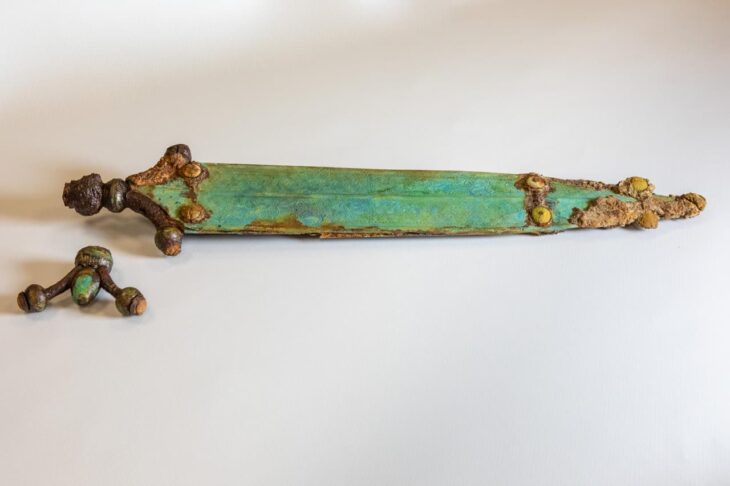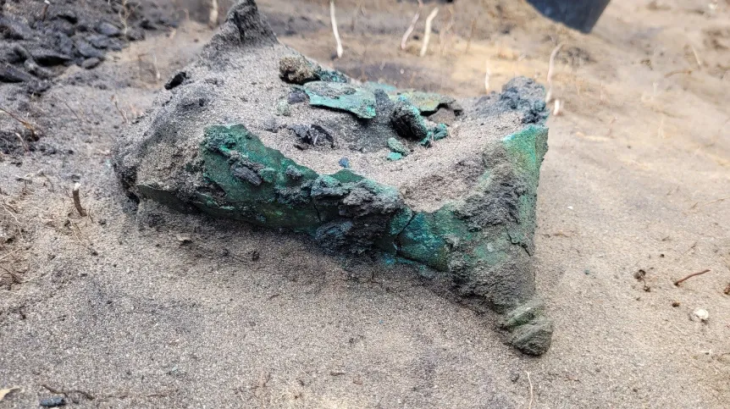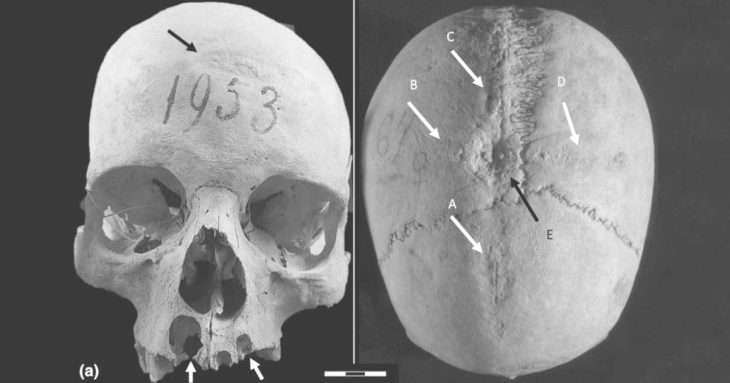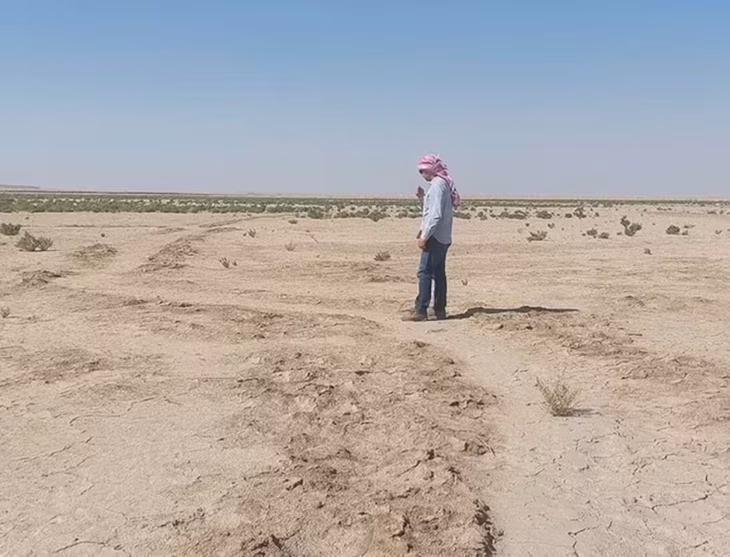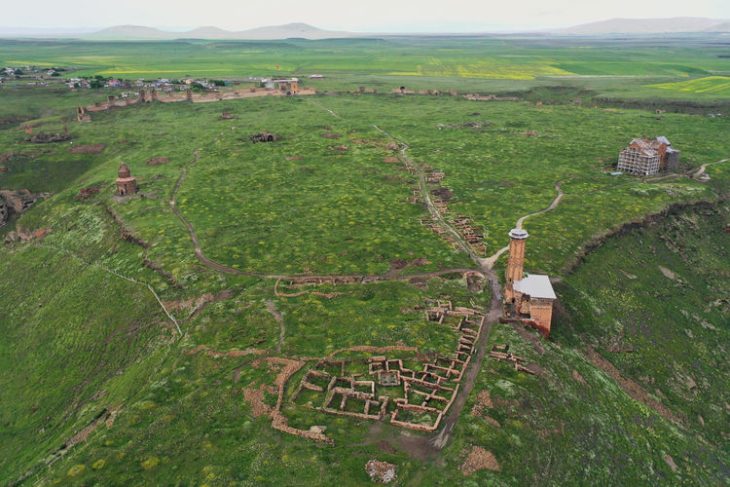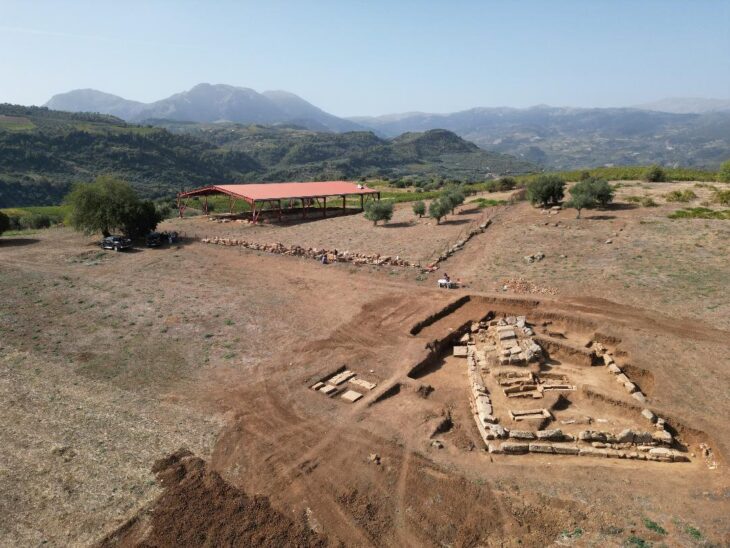While investigating at Waskiri, near the Lauca River and the Bolivian-Chilean border, archaeologists found an impressive circular construction on a small hill at the site.
The Waskiri structure, which surprised researchers with its large dimensions and design, is a pre-Hispanic ceremonial center with unknown features in the Andes, according to the researchers.
The study authors say the “surprising” construction is unlike any other ever found in the Andes.
Although Waskiri has never been mentioned in the archaeological record, a priest from Spain named Bartolomé Alvarez, who visited Carangas in the 1580s, does seem to have made a reference to it.
Describing the rituals that took place at the site, Álvarez wrote of attendees in a state of “solemn drunkenness” entering what he called the “house and business of hell.

“He also received information about the existence of a ‘large circular building’ in which the region’s main Indigenous authorities, curacas, and caciques, met to perform ceremonies for the Sun during the month of June—the Inti Raymi, one of the most important annual Incan ceremonies also described by Guaman Poma as well as for other religious celebrations,” the scientists write in their study.
Inti Raymi is Inca’s Sun Festival traditionally celebrated at Cuzco on June 24, which marks the winter solstice, the shortest day of the year.
Researchers identified 135 hilltop sites in the study that were published in the journal Antiquity. These sites are connected to agricultural production areas by a variable number of concentric walls on terraces.
Located near the Chilean border, Waskiri is described as “an impressive circular construction” that features a perimeter ring comprising 39 adjoining enclosures, each with a surface area between 106 and 144m2. These enclose a plaza of approximately 1ha, which is scattered with abundant ceramic fragments ascribed to the Late Intermediate and Late Periods.

The researchers estimate that the structure was in use between 1250 and 1600 CE based on these artifacts.
The perimeter walls’ possible resemblance to the Inca ceque system has led archaeologists to hypothesize that the Incas replicated Cuzco’s symbolic architecture in the areas they colonized.
The principal sacred mountains, numerous walled circular structures, and burial towers with Incan textile-inspired patterns are all visually and spatially associated with the site.

